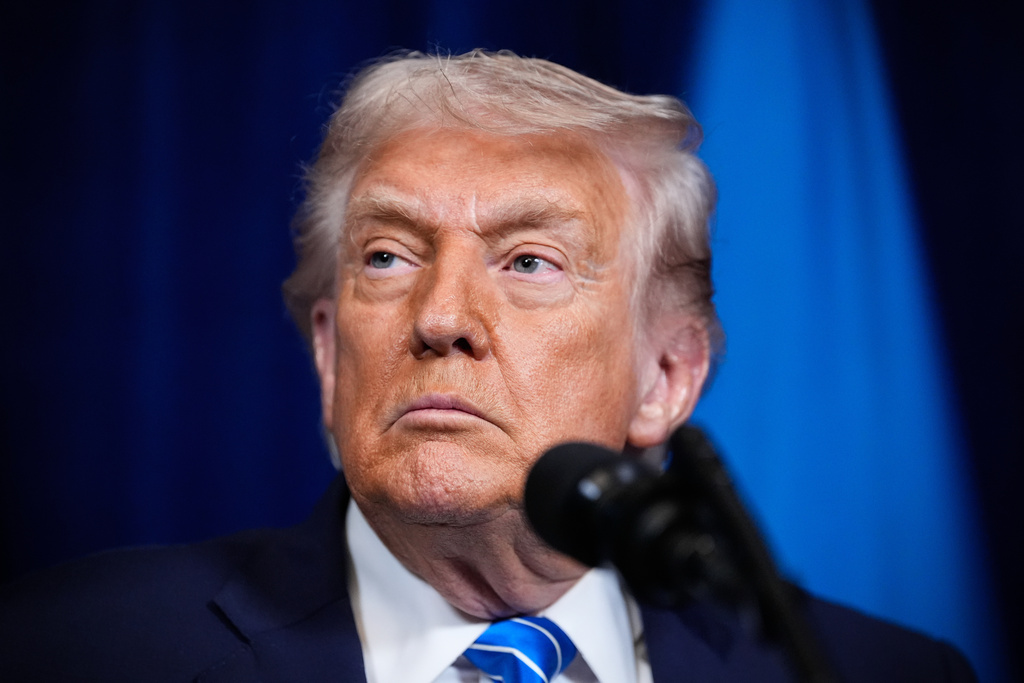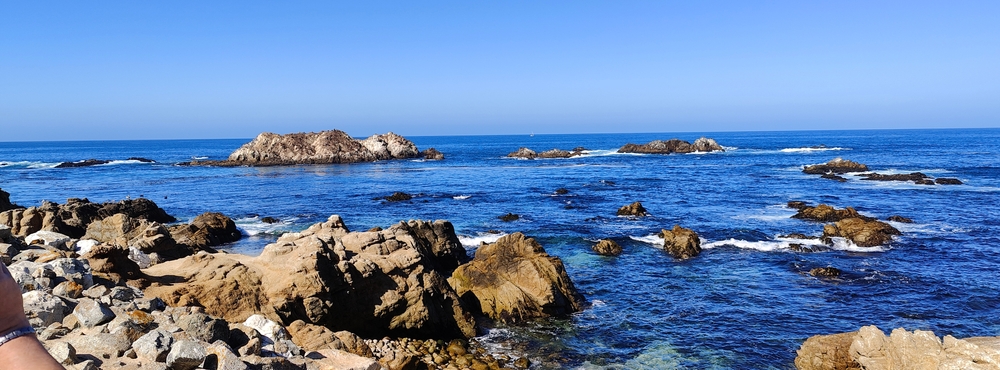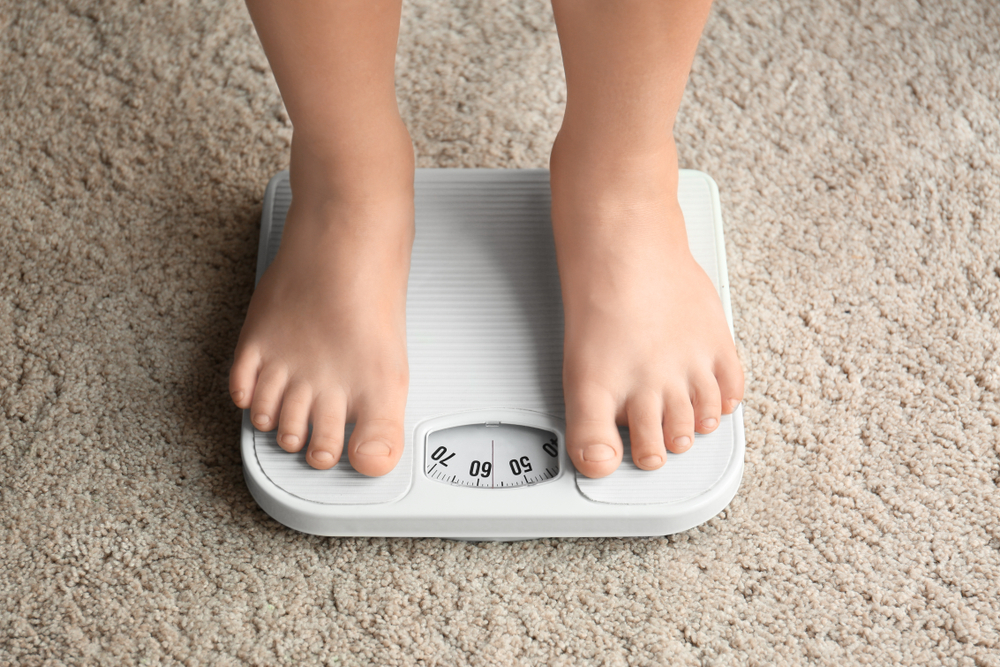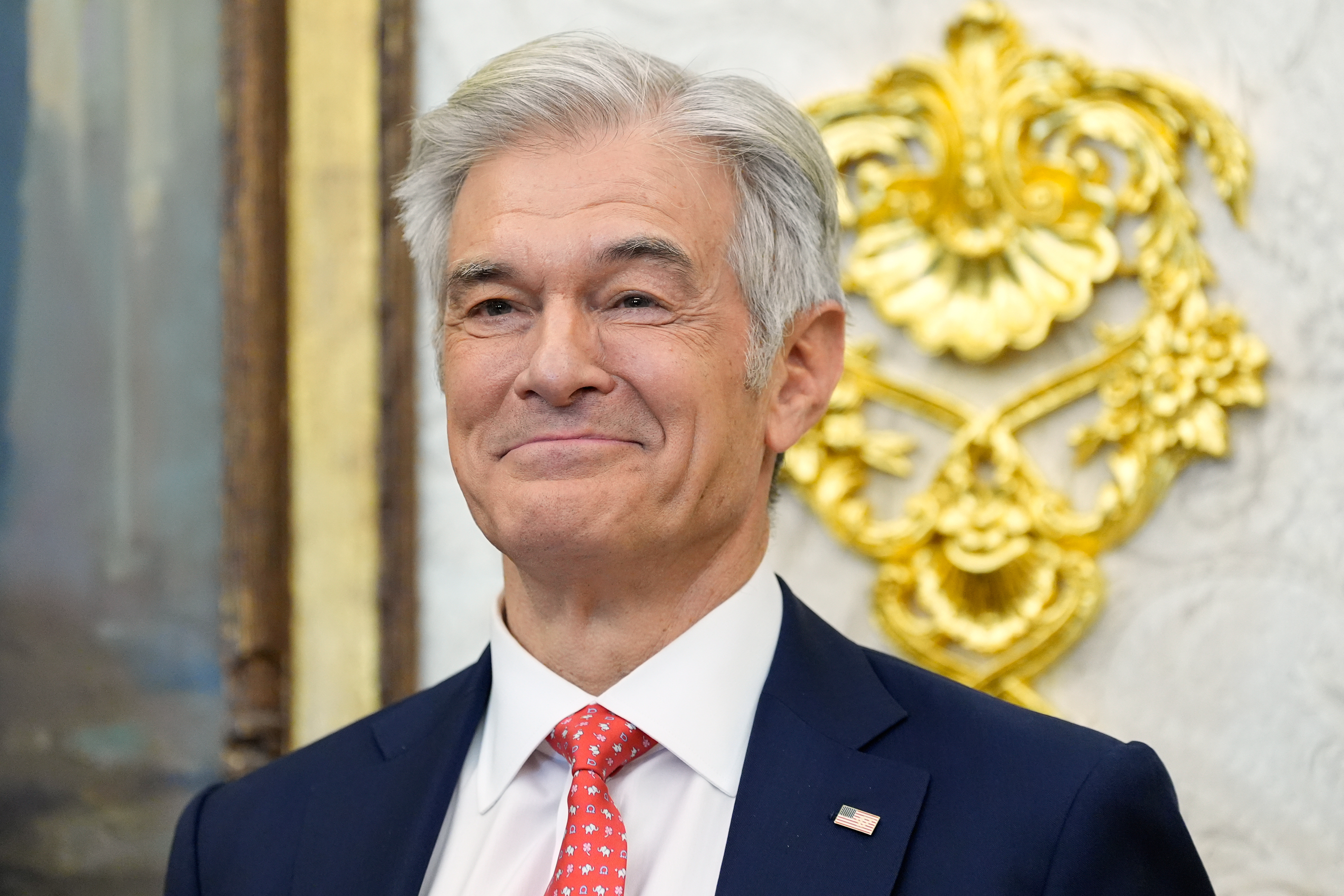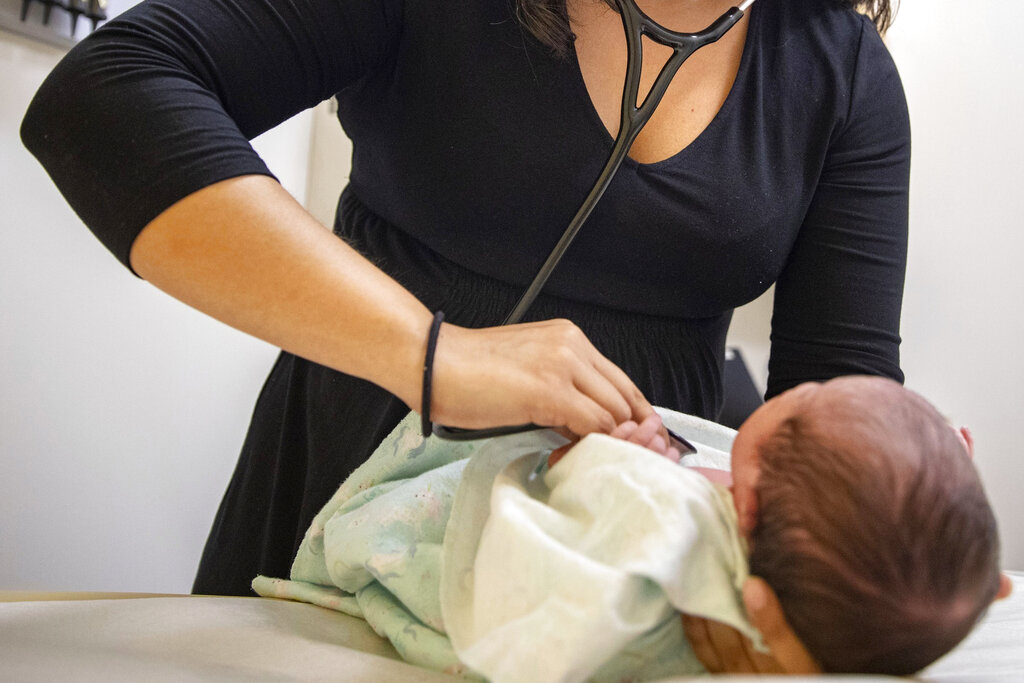Montana is known for its wide open spaces, craggy mountains and fresh, clear water.
But for all its beauty, it's also known for a devastating epidemic.
The youth suicide rate in Montana between 2011 and 2020 was more than double the national rate for the same age group.
The reasons behind the statistic are a complicated, cultural issue. A March 2022 report released by the state cites vitamin D deficiencies, altitude, social isolation and access to firearms as just a few of the reasons. It also shows 1 in 5 Montana kids live more than 100% below the federal poverty line. And the state has a high concentration of American Indians, who experience higher rates of suicide.
Kelley Edwards is the program director for Youth Aware of Mental Health (YAM) at Montana State University's Center for Mental Health Research and Recovery. She knows firsthand what teen suicide can do to a community.
"I lived it. My co-workers lived it. My students lived it," she said.
Edwards used to teach high school in Helena, Montana, where seven students in her school died by suicide in a three-year span.
"It will never leave me what that was like," Edwards said.
Helena High School administrators knew something needed to happen, and they found the solution in Sweden, which is home to Youth Aware of Mental Health.
"Helena School District was instrumental in bringing YAM to the United States, because they recognized the seriousness of the problem and wanted to do something about it," Edwards said.
YAM started in 2014 with the goal of bringing down teen suicide rates.
A randomized-controlled trial with 11,000 participants showed it reduced suicide ideation and attempts by about 50%. New cases of depression fell by about 30% in kids participating.
The program is in 16 countries and its trainers are traveling the world to expand even more.
Edwards is a program manager and also teaches it.
"I've had kids say right after a session either, 'I'm really, really depressed,' or possibly, even, they've said, 'I'm suicidal.' And they are. They've said, 'I'm really, really worried about a friend,'" Edwards shared.
Designed for kids between 13 and 18 years old, the program consists of five five-hour sessions over three weeks, which dive into mental health literacy, role playing and identifying stressors and resources.
"We need to get to the point where our students are comfortable with mental health knowledge, and what to do when your normal coping skills are not working or where it gets too severe that you would need professional help," Edwards said.
But as Edwards knows, that's not easy in rural places, like her native Montana — especially now.
"I grew up in Denton, Montana. For students in rural areas that may not have access to anything … The best that we can provide at this point is starting with just having someone to talk to," Edwards said. "It's not ideal by any means. But that is where we're at, unfortunately."
Mary Windecker runs the advocacy group Behavioral Health Alliance of Montana. She, and so many other mental health professionals, are taking their concerns to state and federal leaders. They're trying to get more attention and funding on this issue.
"Overall in the United States, we're failing our children. That's true by every metric you could possibly measure," Windecker said.
And beyond Montana, people in the field of mental health are working to do what they can to help the next generation before it's too late.
Newsy’s mental health initiative “America’s Breakdown: Confronting Our Mental Health Crisis” brings you deeply personal and thoughtfully told stories on the state of mental health care in the U.S. Click here to learn more.



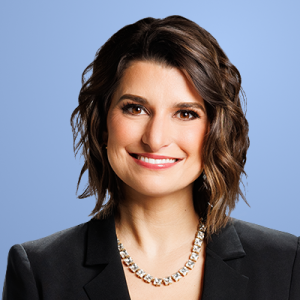
 New Mental Health Hotline 988
New Mental Health Hotline 988 Teen Suicide Crisis: Colorado Parents Work To Reduce State's High Rate
Teen Suicide Crisis: Colorado Parents Work To Reduce State's High Rate
